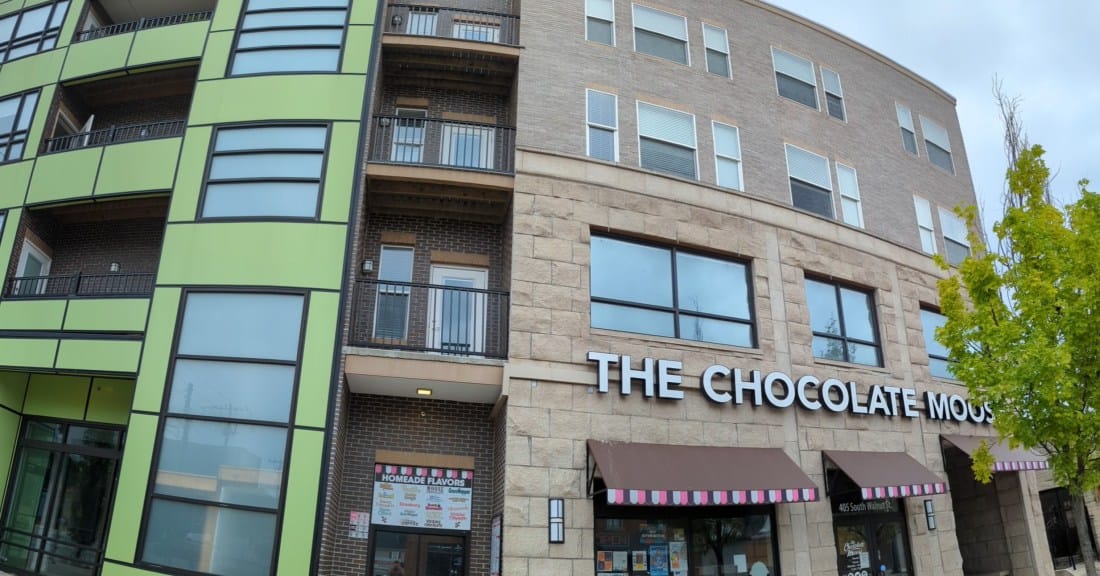Urban Station loses year’s tax break over missed deadline, Bloomington council doesn’t intervene


The owners of Urban Station—the apartment building on South Walnut that is also home to the Chocolate Moose—missed a May 15 paperwork deadline.
The paperwork has to be filed every year, in order to be in compliance with the terms of the tax abatement that was granted by the city council in 2016.
Without a waiver from Bloomington’s city council for the missed deadline, the owners cannot claim the abatement as a deduction on their 2023 taxes.
And on Wednesday night, Bloomington’s city council voted down the resolution that would have waived non-compliance due to the missed deadline.
The vote was unanimous among the seven members present. Matt Flaherty and Jim Sims were absent.
The tax abatement schedule spans a decade, starting with a 100-percent abatement on the improvements to the real property. This is the sixth year on the schedule, when the percentage drops from 80 percent to 30 percent.
The city council could have decided to rescind the tax abatement for future years.
But the council unanimously decided not to pursue completely rescinding Urban Station’s tax abatement
At Wednesday’s city council meeting, assistant city attorney Larry Allen told the council that Urban Station had finally filed its paperwork—the same day as the council meeting, which fell on June 21.
Allen said that the Urban Station was in compliance with the substantive terms of the conditions for the tax abatement.
Because of the substantive compliance, Allen said city staff recommended that the council give Urban Station a waiver.
Under the terms of its tax abatement, Urban Station has to allocate no fewer than 15 of the bedrooms to households with incomes at or below 80 percent of the area median income (AMI). In 2023, the AMI for Bloomington is $97,400. So Urban Station has to allocate at least 15 bedrooms to households making no more than $78,920 ($97,400*0.80).
According to Allen, representatives from Urban Station had not responded to the city’s repeated attempts to get the paperwork filed on time, during the lead up to May 15.
The fact that Urban Station did not respond to those city staff attempts, and did not have anyone present at the meeting—which could have been joined by using the Zoom video-conferencing platform—left councilmembers in no mood to waive the noncompliance.
Councilmember Steve Volan put it like this: “Because they seem to have been lax in their attention, I also have to wonder: How do we know that they’re in compliance? How do we know that they’re renting apartments at the rates that we’re expecting them to? Is there any kind of independent audit of rents?”
Allen stated that the city’s HAND (housing and neighborhood development) department had verified compliance with the requirement of income-restricted housing units.
The assessed value of the improvements on the property this year is $15,863,400. Based on the tax abatement schedule, just 30 percent of that is to be abated. That means the assessed value to be abated is about $4,759,020.
The city of Bloomington tax rate for Perry Township is 2.0247. That works out to around $96,000 in taxes that Urban Station now has to pay, which it could have saved by meeting the filing deadline.
By the B Square’s math, Urban station has saved around a quarter million dollars a year for the first five years of its 10-year abatement.




Comments ()